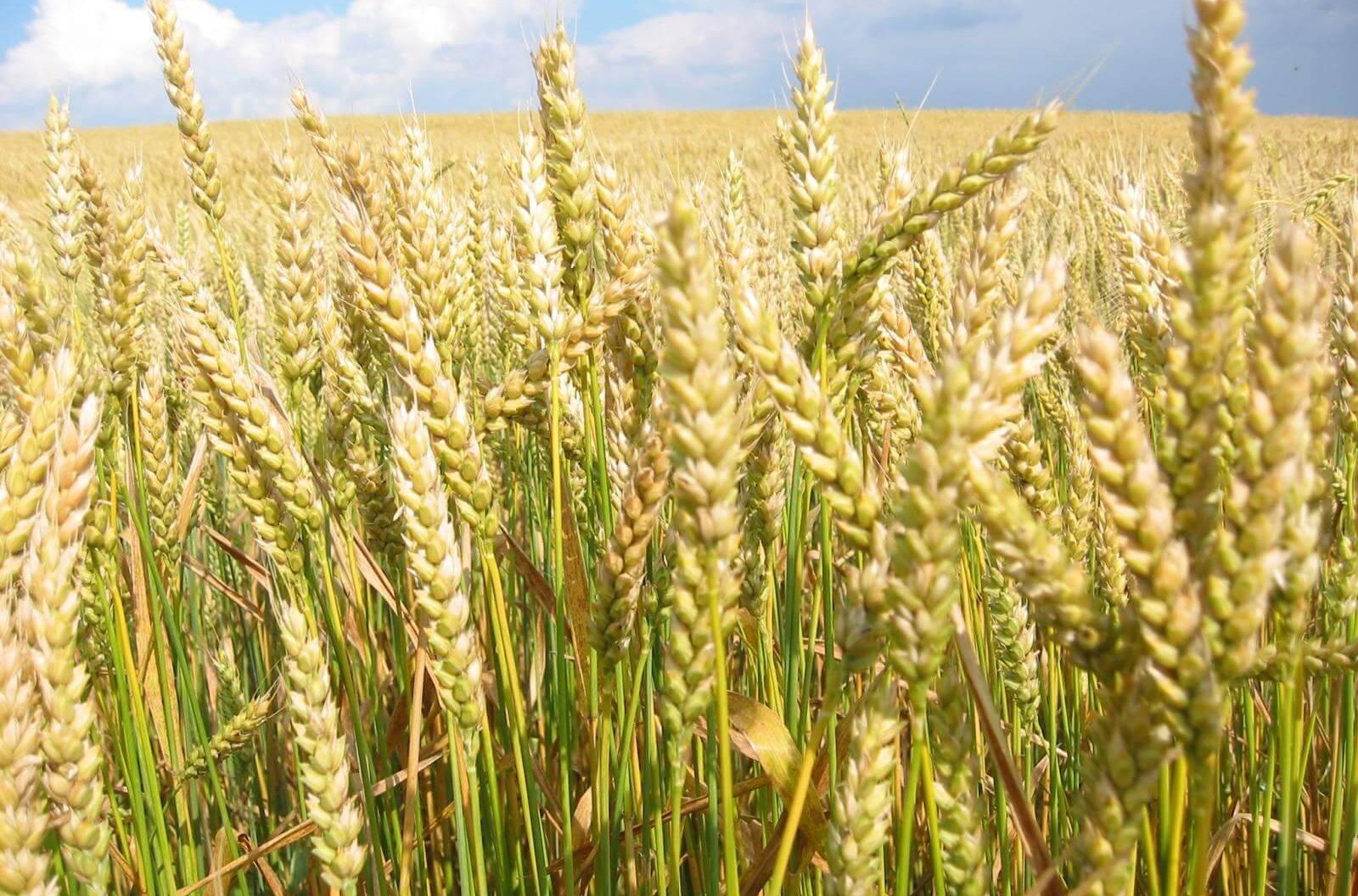Bitter harvest for Indian farmers after wheat export ban

When New Delhi banned wheat exports as prices soared over Russia’s invasion of Ukraine it provoked consternation abroad and drove the cereal even higher.
India is the world’s second-biggest wheat producer, but the government – itself the country’s biggest buyer of the crop – said it chose to protect food security for its mammoth population despite inflation concerns.
The move – along with dwindling global supplies from Russia and Ukraine, both among the world’s top five wheat exporters – sent prices to all-time highs on commodity exchanges in Chicago and Europe.
But at Asia’s largest grain market in Khanna, in India’s breadbasket state of Punjab, values went the other way.
Every year, thousands of farmers from the wheat-growing region sell their produce at the facility, which is dominated by a dozen giant storage sheds, each the size of a football pitch.
From 2,300 rupees (about $30) per 100 kilograms of wheat before the export ban, prices slumped to 2,015 rupees – the government-set minimum price at which it buys grain for its vast public distribution system.
India’s hundreds of millions of small farmers eke out a borderline existence, subject to the vagaries of the weather, and some in Punjab were already reeling from production losses due to a severe heatwave.
The price fall represents the difference between a bumper payout and heartache, they say.
Before the war in Ukraine and the heatwave, India’s wheat production of 109 million tonnes in 2021 and seven million tonnes of exports had both been expected to rise this year.
Prime Minister Narendra Modi last month even offered to help plug the global wheat deficit and “feed the world”.
But extreme weather conditions are becoming more frequent in a phenomenon experts say is driven by climate change.
After producers in Punjab were hit by a heatwave, the national harvest came in at four million tonnes less than expected.
Now federal and state authorities are cutting procurement for the public distribution system, which provides free and highly subsidised grains to nearly 800 million people, as food security schemes set up during the coronavirus pandemic are cut back.
Even so, retail wheat flour prices are at a 12-year high, and Manish Pajni, head of the Punjab government’s grain procurement department in Khanna, has backed the ban, saying wholesale rates could have gone as high as 3,000 rupees without it.
“The market was already under stress from the harvest crisis and, without a thought, the government came up with the ban,” he said.
“No doubt the major losses will be incurred by big exporters like Cargill, ITC and Glencore, but small traders and farmers will also be impacted.”
Read also
Wheat in Southern Brazil Impacted by Dry Weather and Frosts
Oilseed Industry. Leaders and Strategies in the Times of a Great Change
Black Sea & Danube Region: Oilseed and Vegoil Markets Within Ongoing Transfor...
Serbia. The drought will cause extremely high losses for farmers this year
2023/24 Safrinha Corn in Brazil 91% Harvested
Write to us
Our manager will contact you soon



